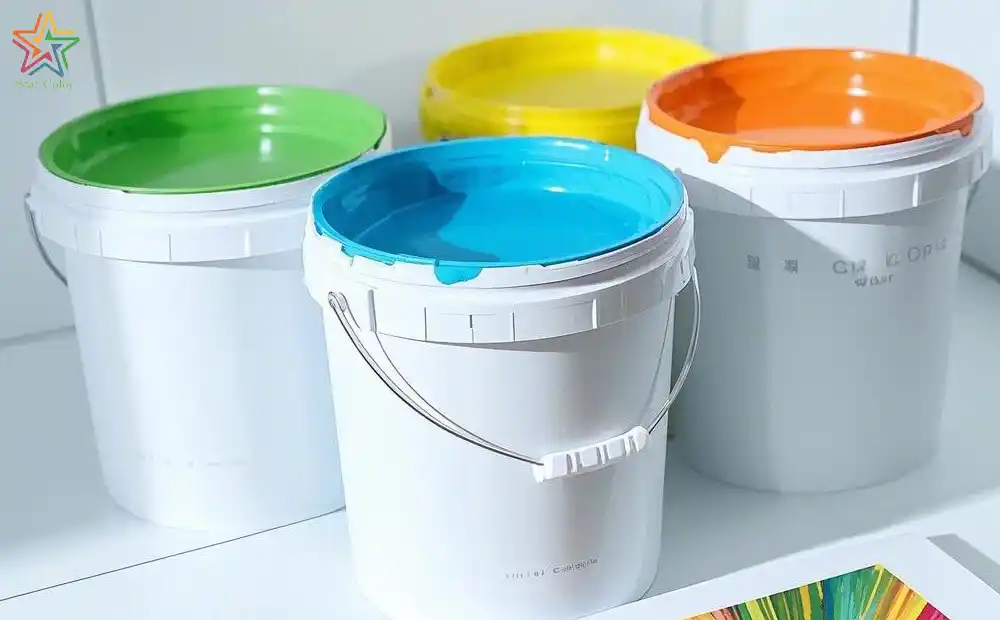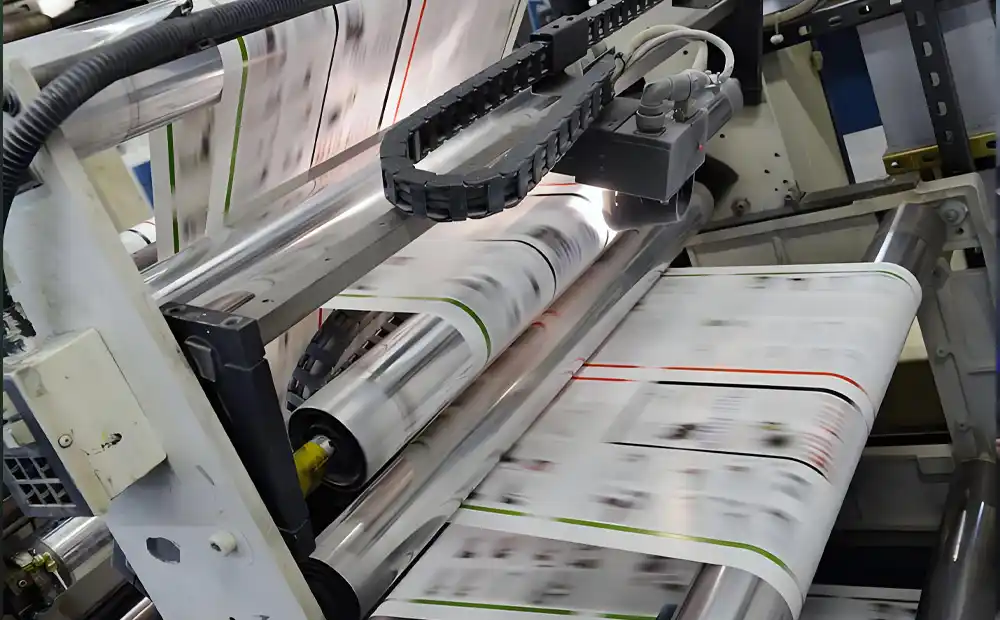Can offset printing use water-based ink?
Date: Jun 26 2025 From: Star Color Views:
With the increasing strictness of environmental regulations and the printing industry's focus on sustainable development, more and more enterprises are paying attention to the application potential of water-based inks in various printing methods. Among them, whether offset printing, as a traditional high-quality printing method, can use water-based inks has become a focus of concern for many printing enterprises.
I. What is water-based ink?
Water-based ink is an eco-friendly ink system that uses water as the main solvent, water-based resin as the binder, and is matched with pigments and functional additives. Compared with traditional solvent-based inks, its core advantages are reflected in: reducing volatile organic compound (VOCs) emissions, complying with environmental regulations, and meeting the hygiene standards of special fields such as food packaging and pharmaceutical packaging; improving the working environment of the printing workshop and ensuring the occupational health of operators. According to statistics from the China Printing Technology Association, the use of water-based inks can reduce the carbon footprint of printing enterprises by 30%-40% and the emission of organic solvents by more than 80%, demonstrating significant environmental benefits.

II. Process requirements for offset printing
Offset printing is based on the principle of "oil and water repulsion," achieving image transfer through the indirect transfer of the printing plate, rubber blanket, and substrate. This process imposes strict requirements on ink performance:
- First, the ink needs precise surface tension control to ensure no emulsification occurs in the presence of fountaining solution.
- Second, the drying performance must match the printing speed. Commercial offset presses typically run at 15,000-20,000 sheets per hour, requiring the ink to dry within seconds.
- Third, the ink and fountaining solution need to form a stable dynamic balance to avoid quality defects such as dot gain and ink smudging.
Traditional offset inks achieve the above performance indicators through the optimized ratio of drying vegetable oil, mineral oil, and synthetic resin, but this also limits the direct application of water-based inks.
III. Technical bottlenecks in applying water-based inks to offset printing
- Conflict with the fountaining system: The fountaining system of offset printing itself requires water supply, and the water in water-based inks easily leads to fountaining imbalance, affecting image transfer.
- Inadequate drying speed: Water-based inks dry slowly on non-absorbent paper, failing to adapt to the production rhythm of high-speed offset printing.
- Insufficient oil affinity: Since water-based inks do not contain oily components, they do not match the oil-receptive structure of traditional offset printing plates, potentially causing emulsification or image blurring.
IV. Under what conditions can water-based inks be used in offset printing?
With technological development, some improved water-based inks can already be used in offset printing under specific conditions, especially in the following scenarios:
- Using highly absorbent paper: Such as newsprint or uncoated eco-friendly packaging paper, which can improve drying speed.
- Low-speed printing processes: In small-batch, low-speed printing tasks, such as environmental protection brochures and educational publications, water-based inks can adapt by adjusting the drying system.
- Improved water-based offset inks: There are currently water-based ink products specially designed for offset printing processes. Some manufacturers have developed eco-friendly water-based offset inks added with highly oil-friendly resins and fast-drying additives to be compatible with the fountaining system.
- Adding hot air or infrared drying equipment: Auxiliary drying equipment can significantly improve the drying efficiency of water-based inks to meet the requirements of commercial printing.
V. Market application prospects of water-based offset inks
Although driven by policies and the market, water-based offset inks are still in the exploration and optimization stage, and few are truly commercialized. However, their environmental protection and safety advantages make them bound to have broad development space under the trend of green printing.
The EU's Packaging and Packaging Waste Regulation (PPWR) requires the full water-basedization of food packaging inks by 2030, and China's "14th Five-Year Plan" also lists green printing as a key development direction. It is expected that water-based offset printing will make breakthroughs in the following fields in the future:
- Food packaging: Applied to the printing of biscuit boxes, milk cartons, and other packaging in direct contact with food to ensure food safety.
- Children's products printing: Meeting the safety standards for children's books and toy packaging to avoid ink migration risks.
- High-end commercial printing: Demonstrating the brand value of green printing in eco-themed picture albums, corporate promotional materials, and other fields.
According to market research institutions, the global water-based offset ink market is expected to grow at a compound annual growth rate (CAGR) of 8.2% from 2025 to 2030, and the growth rate in the Chinese market is expected to exceed 10%. Technological innovation and market demand will jointly promote the rapid development of the industry.

VI. Conclusion
The application of water-based inks in offset printing has moved from theoretical discussion to practical deepening. Although it still faces challenges such as process adaptation and cost control, technological breakthroughs and industrial collaboration are accelerating its commercialization process.
As an innovative leader in the field of eco-friendly inks, Starcolor will continue to invest in R&D resources to provide printing enterprises with one-stop solutions covering ink products, process optimization, and equipment adaptation.
In the future, with the maturity of technology and the emergence of scale effects, water-based offset printing is expected to become an important breakthrough in the green transformation of the printing industry, promoting the industry to move towards sustainable development.
 RU
RU
 EN
EN
 CN
CN


